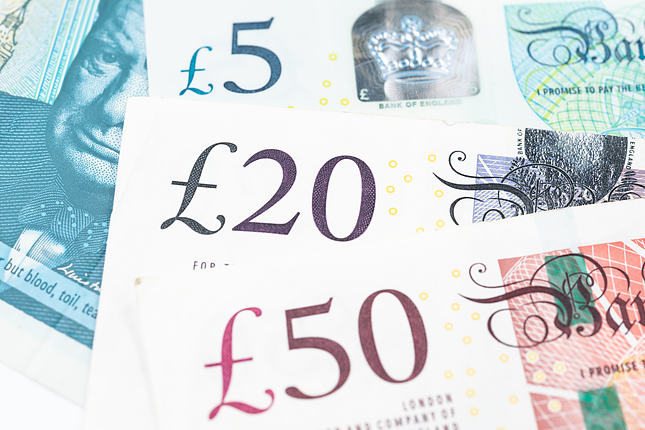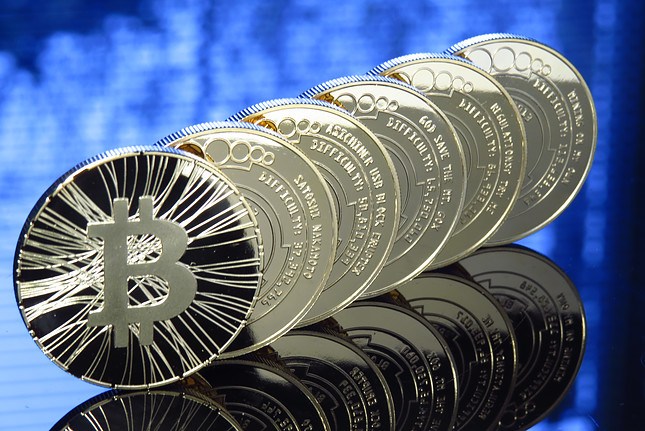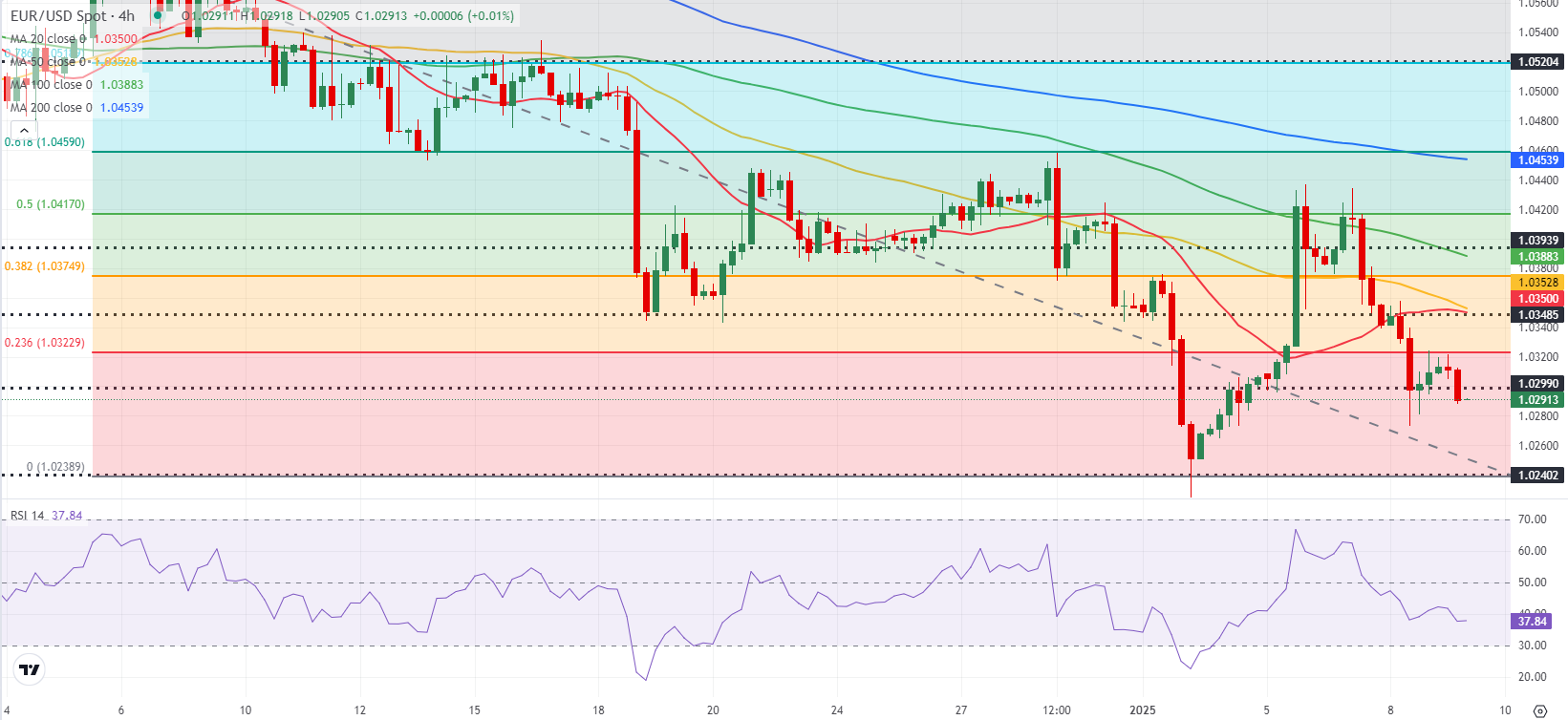- EUR/USD trades in negative territory slightly below 1.0300 on Thursday.
- The US Dollar continues to benefit from the risk-averse market atmosphere.
- The near-term technical outlook suggests that the bearish stance remains unchanged.
EUR/USD stays on the back foot and trades slightly below 1.0300 in the European morning on Thursday after closing the second consecutive day in negative territory on Wednesday. The risk-averse market atmosphere makes it difficult for the pair to stage a rebound, while the technical outlook suggests that the bearish bias remains intact.
Euro PRICE This week
The table below shows the percentage change of Euro (EUR) against listed major currencies this week. Euro was the weakest against the Canadian Dollar.
| USD | EUR | GBP | JPY | CAD | AUD | NZD | CHF | |
|---|---|---|---|---|---|---|---|---|
| USD | 0.17% | 1.30% | 0.68% | -0.36% | 0.60% | 0.71% | 0.32% | |
| EUR | -0.17% | 1.11% | 0.49% | -0.47% | 0.46% | 0.57% | 0.19% | |
| GBP | -1.30% | -1.11% | -0.64% | -1.56% | -0.64% | -0.54% | -0.91% | |
| JPY | -0.68% | -0.49% | 0.64% | -1.04% | -0.07% | 0.06% | -0.14% | |
| CAD | 0.36% | 0.47% | 1.56% | 1.04% | 0.89% | 1.02% | 0.66% | |
| AUD | -0.60% | -0.46% | 0.64% | 0.07% | -0.89% | 0.12% | -0.27% | |
| NZD | -0.71% | -0.57% | 0.54% | -0.06% | -1.02% | -0.12% | -0.38% | |
| CHF | -0.32% | -0.19% | 0.91% | 0.14% | -0.66% | 0.27% | 0.38% |
The heat map shows percentage changes of major currencies against each other. The base currency is picked from the left column, while the quote currency is picked from the top row. For example, if you pick the Euro from the left column and move along the horizontal line to the US Dollar, the percentage change displayed in the box will represent EUR (base)/USD (quote).
The US Dollar (USD) capitalized on safe-haven flows amid growing concerns over US President-elect Donald Trump introducing an aggressive tariff policy. Citing four sources familiar with the matter, CNN reported on Wednesday that Trump is considering declaring a national economic emergency to allow for a new tariff program.
Stock markets in the US will remain closed and bond markets will close early on Thursday, in observance of a national day of mourning to honor the death of former President Jimmy Carter.
In the second half of the day, several Federal Reserve (Fed) policymakers will be delivering speeches. In case officials reiterate the need for a slowdown in policy easing amid the uncertainty surrounding the impact of tariffs on the inflation outlook, the USD is likely to preserve its strength. On Friday, the US Bureau of Labor Statistics will release the December jobs report, which will include Nonfarm Payrolls and Unemployment Rate figures.
In the meantime, Pound Sterling (GBP) remains under heavy selling pressure as the UK gilt selloff continues. EUR/GBP cross is up more than 0.5% on the day after rising 0.7% on Wednesday, suggesting that the Euro is able to capture some of the capital outflows out of the GBP. In case EUR/GBP continues to push higher, EUR/USD's downside could remain limited.
EUR/USD Technical Analysis
The Relative Strength Index (RSI) indicator on the 4-hour chart declined below 40, reflecting a buildup in bearish momentum. In the downside, 1.0240 (end-point of the latest downtrend) aligns as next support before 1.0200 (round level, static level).
In case EUR/USD manages to stabilize above 1.0320 (Fibonacci 23.6% retracement of the latest downtrend), 1.0350 (20-period Simple Moving Average (SMA), 50-period SMA) and 1.0375 (Fibonacci 38.2% retracement) could be seen as next resistance levels.
Euro FAQs
The Euro is the currency for the 19 European Union countries that belong to the Eurozone. It is the second most heavily traded currency in the world behind the US Dollar. In 2022, it accounted for 31% of all foreign exchange transactions, with an average daily turnover of over $2.2 trillion a day. EUR/USD is the most heavily traded currency pair in the world, accounting for an estimated 30% off all transactions, followed by EUR/JPY (4%), EUR/GBP (3%) and EUR/AUD (2%).
The European Central Bank (ECB) in Frankfurt, Germany, is the reserve bank for the Eurozone. The ECB sets interest rates and manages monetary policy. The ECB’s primary mandate is to maintain price stability, which means either controlling inflation or stimulating growth. Its primary tool is the raising or lowering of interest rates. Relatively high interest rates – or the expectation of higher rates – will usually benefit the Euro and vice versa. The ECB Governing Council makes monetary policy decisions at meetings held eight times a year. Decisions are made by heads of the Eurozone national banks and six permanent members, including the President of the ECB, Christine Lagarde.
Eurozone inflation data, measured by the Harmonized Index of Consumer Prices (HICP), is an important econometric for the Euro. If inflation rises more than expected, especially if above the ECB’s 2% target, it obliges the ECB to raise interest rates to bring it back under control. Relatively high interest rates compared to its counterparts will usually benefit the Euro, as it makes the region more attractive as a place for global investors to park their money.
Data releases gauge the health of the economy and can impact on the Euro. Indicators such as GDP, Manufacturing and Services PMIs, employment, and consumer sentiment surveys can all influence the direction of the single currency. A strong economy is good for the Euro. Not only does it attract more foreign investment but it may encourage the ECB to put up interest rates, which will directly strengthen the Euro. Otherwise, if economic data is weak, the Euro is likely to fall. Economic data for the four largest economies in the euro area (Germany, France, Italy and Spain) are especially significant, as they account for 75% of the Eurozone’s economy.
Another significant data release for the Euro is the Trade Balance. This indicator measures the difference between what a country earns from its exports and what it spends on imports over a given period. If a country produces highly sought after exports then its currency will gain in value purely from the extra demand created from foreign buyers seeking to purchase these goods. Therefore, a positive net Trade Balance strengthens a currency and vice versa for a negative balance.
Information on these pages contains forward-looking statements that involve risks and uncertainties. Markets and instruments profiled on this page are for informational purposes only and should not in any way come across as a recommendation to buy or sell in these assets. You should do your own thorough research before making any investment decisions. FXStreet does not in any way guarantee that this information is free from mistakes, errors, or material misstatements. It also does not guarantee that this information is of a timely nature. Investing in Open Markets involves a great deal of risk, including the loss of all or a portion of your investment, as well as emotional distress. All risks, losses and costs associated with investing, including total loss of principal, are your responsibility. The views and opinions expressed in this article are those of the authors and do not necessarily reflect the official policy or position of FXStreet nor its advertisers. The author will not be held responsible for information that is found at the end of links posted on this page.
If not otherwise explicitly mentioned in the body of the article, at the time of writing, the author has no position in any stock mentioned in this article and no business relationship with any company mentioned. The author has not received compensation for writing this article, other than from FXStreet.
FXStreet and the author do not provide personalized recommendations. The author makes no representations as to the accuracy, completeness, or suitability of this information. FXStreet and the author will not be liable for any errors, omissions or any losses, injuries or damages arising from this information and its display or use. Errors and omissions excepted.
The author and FXStreet are not registered investment advisors and nothing in this article is intended to be investment advice.
Recommended Content
Editors’ Picks

EUR/USD holds around 1.0300, with USD still dominating the scene
EUR/USD trades within familiar levels at around the 1.0300 mark, although the US Dollar pushes marginally higher in a quiet, holiday-inspired American session. Focus shifts to US Nonfarm Payrolls on Friday.

GBP/USD rebounds from multi-month lows, trades around 1.2300
GBP/USD trimmed part of its early losses and trades around 1.2300 after setting a 14-month-low below 1.2250. The pair recovers as the UK gilt yields correct lower after surging to multi-year highs on a two-day gilt selloff. Markets keep an eye on comments from central bank officials.

Gold hovers around $2.670, aims higher
Gold extended its weekly recovery and traded at its highest level since mid-December, above $2,670. The bright metal retreated modestly in a quiet American session, with US markets closed amid a National Day of Mourning.

Bitcoin falls below $94,000 as over $568 million outflows from ETFs
Bitcoin continues to edge down, trading below the $94,000 level on Thursday after falling more than 5% this week. Bitcoin US spot Exchange Traded Funds recorded an outflow of over $568 million on Wednesday, showing signs of decreasing demand.

How to trade NFP, one of the most volatile events Premium
NFP is the acronym for Nonfarm Payrolls, arguably the most important economic data release in the world. The indicator, which provides a comprehensive snapshot of the health of the US labor market, is typically published on the first Friday of each month.

Best Forex Brokers with Low Spreads
VERIFIED Low spreads are crucial for reducing trading costs. Explore top Forex brokers offering competitive spreads and high leverage. Compare options for EUR/USD, GBP/USD, USD/JPY, and Gold.
